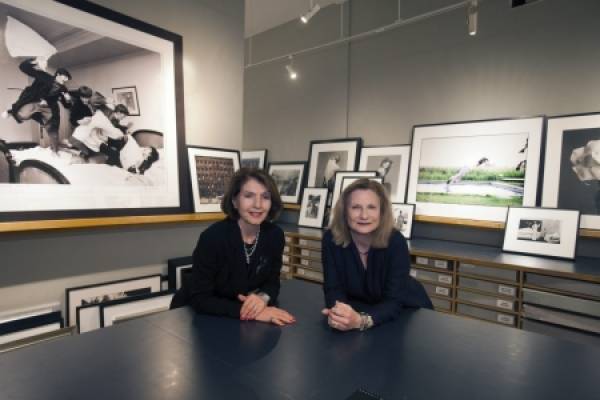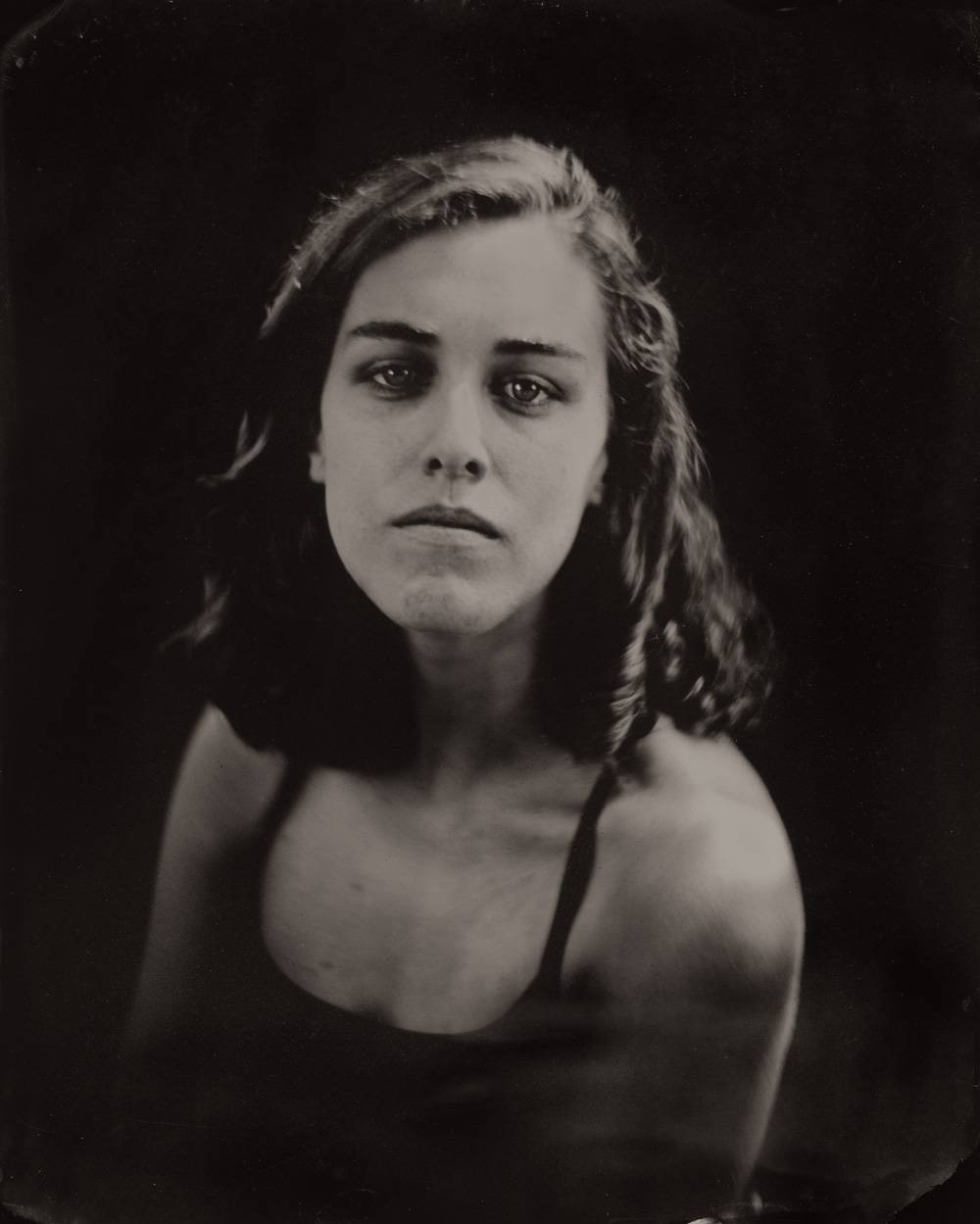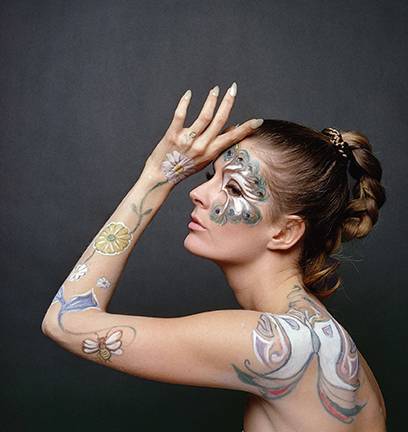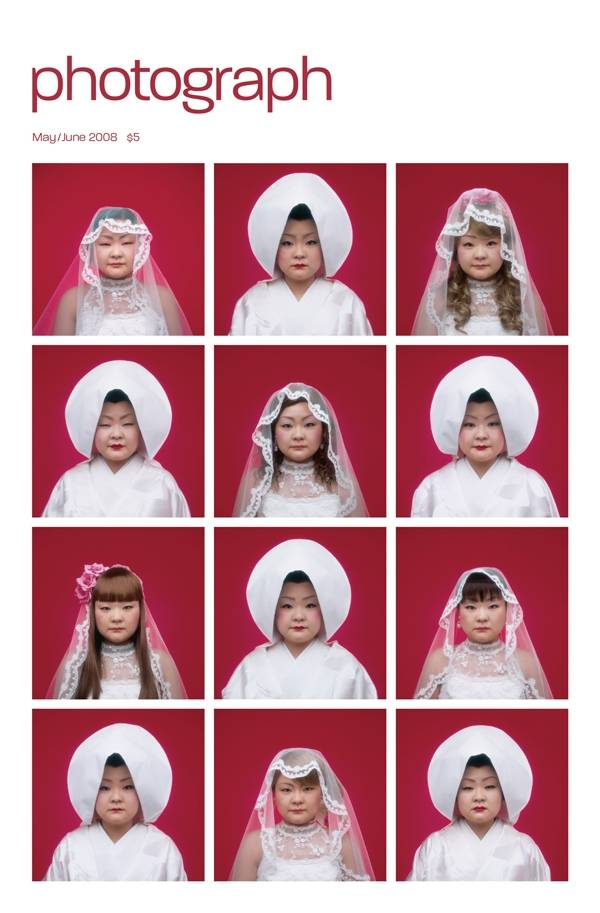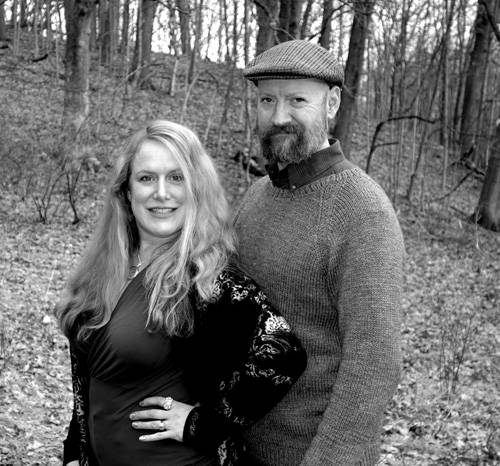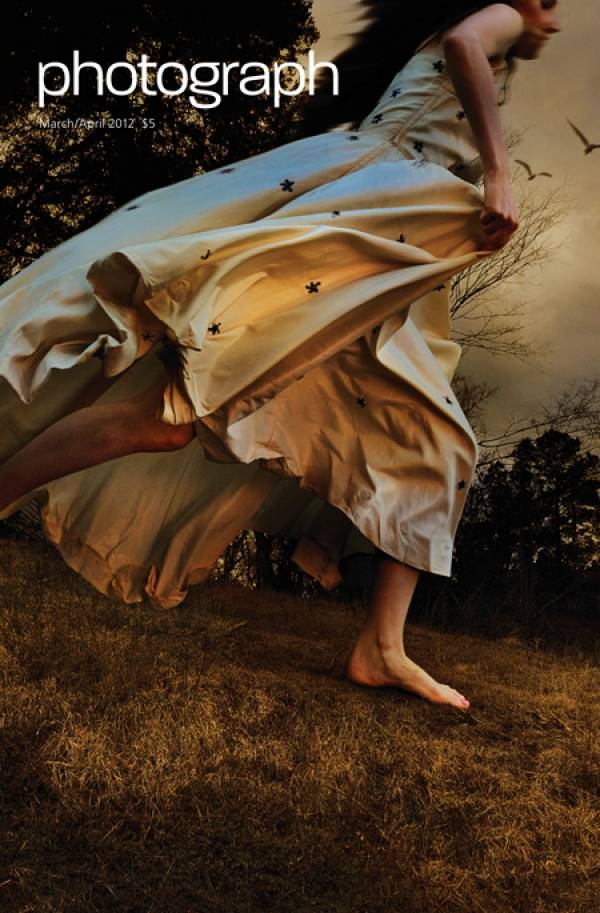Richard Avedon once wrote of Lillian Bassman (1917-2012) that she “made visible that heartbreaking invisible place between the appearance and the disappearance of things.” Is this not, in essence, the description of fashion photography? Doesn’t fashion itself embody our ultimate preoccupation with time: the desire for absolute contemporaneity and the wish to transcend obsolescence, which is death? At its best, fashion is the expression of a desire for desire itself. But what does it look like, this perishable commodity desire? For Lillian Bassman, desire was fluid, always in motion. Throughout a career of almost 60 years, Bassman seems never to have made a static fashion image. She began her career in 1941 as an intern for legendary Harper’s Bazaar art director Alexey Brodovitch. Later, as an art director herself, she worked with photographers such as Avedon, but after he lent her his darkroom, she became a photographer herself. Her muses—models Barbara Cullen, Margie Cato, Carmen—were long-necked and long-limbed, like birds about to take flight. The hats and gloves that adorned them were less the point of the pictures than the freedom they evoked, the freedom of gesture embodied in a glove, a hat, a dress. That seemed to be the message implicit in her work after World War II: life, freedom, and the possibility of a future were bound up with movement. Litheness was elegance and elegance was an expression of hope. To take a quintessential example, her revolutionary approach to lingerie, on view in an exhibition at Staley-Wise Gallery in New York through May 26, was simply to make underwear sexy by allowing it to be glimpsed—an invitation, in Avedon’s words, to that “heartbreaking, invisible place.” The cover image, Spider Legs, from around 1965, pushes the glimpse to the extreme, in a truncated and provocative visual episode. As Etheleen Staley remarks, “The image is not the romantically feminine Bassman style but aggressive and contemporary for the time.” And formally daring. Bassman’s preferred versions of her prints were often rejected in favor of flatter, more conventionally legible versions. In the 1990s, after a hiatus from fashion work (a world she felt increasingly out of sync with after the 1960s), she returned to her earlier negatives and printed many images in what she considered her true signature style, with strong contrasts, solarization, and bleaching techniques. She made masterful use of a variety of lighting techniques, from concealed pinlights to edge lighting. More of this artistry is on view at Peter Fetterman Gallery in Santa Monica through June 9. “The new prints appear much more dynamic than many that were published,” Fetterman says. Bassman was rediscovered in the mid 1990s and resumed her editorial work for The New York Times and others. “The photos look like they were shot by a 25 year old,” adds Fetterman. Perhaps, but a 25 year old who had learned the secret of eternal life.
Categories


